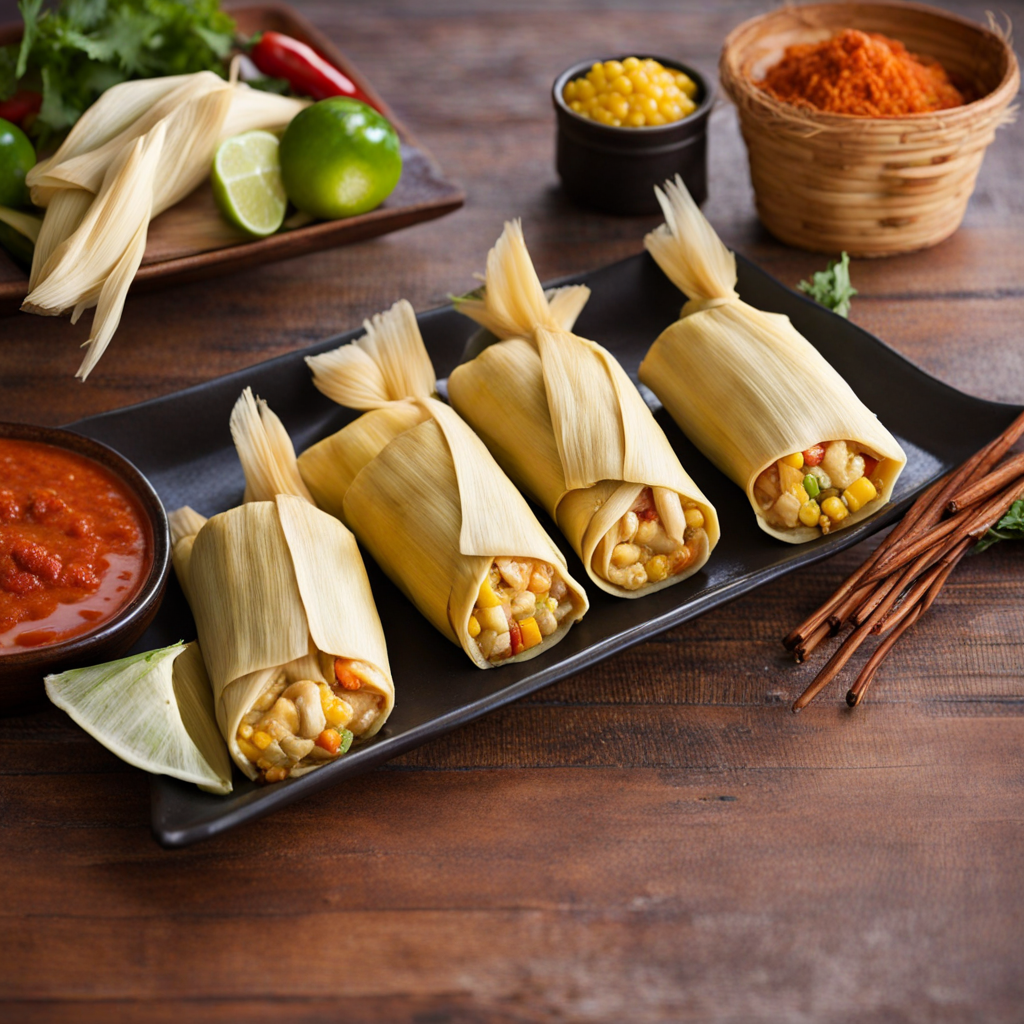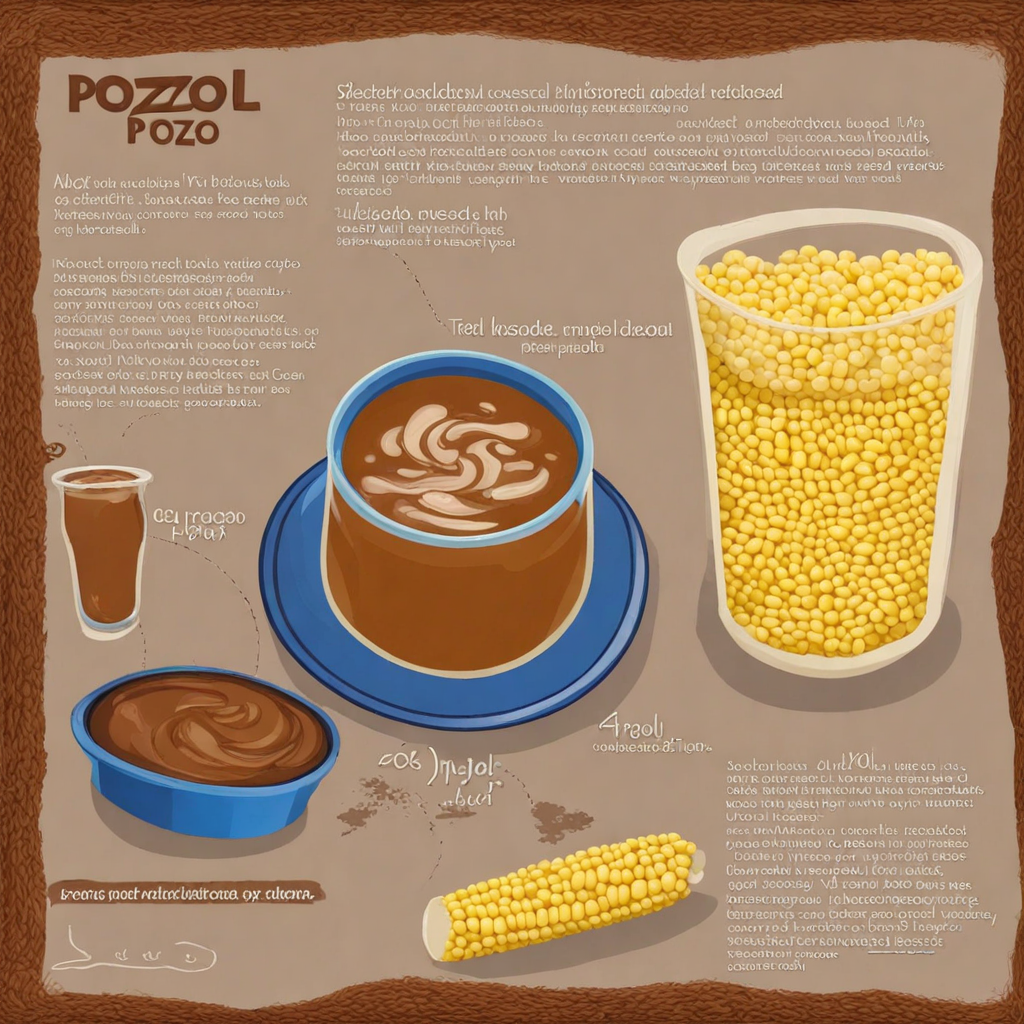Rosquillas
Rosquillas are a beloved traditional snack from Nicaragua, characterized by their unique flavor and texture. These small, ring-shaped treats are made primarily from corn flour, which is a staple ingredient in Nicaraguan cuisine. The history of rosquillas dates back to pre-Columbian times, reflecting the indigenous peoples' use of corn in their daily diet. Over the centuries, this simple yet versatile food has evolved, incorporating various regional ingredients and flavors that highlight the cultural melting pot of Nicaragua. The flavor of rosquillas is a delightful mix of sweet and savory, with a distinct corn flavor that is both comforting and satisfying. The addition of ingredients such as cheese and sugar gives them a unique taste profile that balances the natural earthiness of corn. Some variations include anise or vanilla, which add aromatic notes and complexity. The texture is another defining characteristic; rosquillas are typically crispy on the outside while remaining slightly chewy on the inside. This combination makes them an ideal snack for any time of day, whether enjoyed alone or paired with coffee or hot chocolate. The preparation of rosquillas is relatively straightforward but requires attention to detail to achieve the perfect balance of flavors and textures. The primary ingredient, masa de maíz (corn dough), is prepared using nixtamalized corn, which is soaked and cooked in an alkaline solution that enhances its nutritional value and flavor. The dough is then mixed with ingredients such as queso seco (a dry, crumbly cheese) and sugar, along with baking
How It Became This Dish
The History of Rosquillas: Nicaragua’s Beloved Snack Origin and Early History Rosquillas, a beloved snack in Nicaragua, are small, ring-shaped pastries that hold a special place in the country’s culinary heritage. Their roots can be traced back to indigenous cultures, particularly the Nahua people, who inhabited the region long before the arrival of the Spanish. These early inhabitants developed a variety of corn-based foods, utilizing the abundant maize that grew throughout Central America. It is believed that the concept of ring-shaped breads was inspired by ancient traditions of making simple, yet nourishing, snacks from locally available ingredients. As Spanish colonists arrived in the 16th century, they brought with them new ingredients and baking techniques from Europe. This fusion of indigenous and European culinary practices laid the foundation for what would evolve into modern-day rosquillas. The incorporation of dairy products, such as cheese, and the use of wheat flour alongside cornmeal marked a significant development in the recipe, creating a unique blend of flavors and textures. Cultural Significance Rosquillas are more than just a snack; they are deeply woven into the cultural fabric of Nicaraguan society. Traditionally, they are made during festive occasions, family gatherings, and religious celebrations, symbolizing hospitality and community. Nicaraguans often serve rosquillas alongside coffee or hot chocolate, making them a staple in social interactions and a beloved treat for all ages. The ritualistic aspect of making rosquillas can also be seen as a way to strengthen familial bonds. Recipes for rosquillas are often passed down through generations, with each family adding their own twist. This intergenerational sharing of culinary knowledge fosters a sense of identity and belonging within the community, reinforcing the importance of food as a connector of people and traditions. Ingredients and Preparation The basic ingredients of rosquillas include cornmeal, flour, cheese, sugar, and anise, which gives the pastries their distinctive aroma and flavor. The dough is typically shaped into rings and baked until golden brown, resulting in a crunchy exterior and a soft, slightly chewy interior. Some variations incorporate coconut or other local ingredients, reflecting the diverse agricultural bounty of Nicaragua. Preparing rosquillas is often a communal activity. Families gather to mix the dough, shape the pastries, and share stories, laughter, and memories. This communal aspect not only enhances the enjoyment of the food but also preserves the techniques and traditions associated with making rosquillas, ensuring that they remain a cherished part of Nicaraguan culture. Evolution Over Time As Nicaragua underwent various socio-political changes throughout the 19th and 20th centuries, so too did the culinary landscape. The introduction of new ingredients, such as baking powder and refined sugars, modernized the preparation of rosquillas. Additionally, the rise of urbanization saw a shift in how food was prepared and consumed, with many people opting for convenience over tradition. In recent decades, there has been a resurgence of interest in traditional foods, including rosquillas. This revival is partly driven by a growing awareness of the significance of heritage foods in an increasingly globalized world. Many Nicaraguans are now seeking to reconnect with their roots and preserve their culinary traditions, often experimenting with new flavors while respecting the original recipes. Rosquillas have also found their way beyond the borders of Nicaragua. As Nicaraguan communities established themselves in other countries, particularly the United States, they brought their culinary traditions with them. Rosquillas became a symbol of cultural pride for Nicaraguans living abroad, and local bakeries began to offer them, introducing the snack to a wider audience. This globalization of rosquillas has allowed for creative adaptations, with chefs and home cooks experimenting with different fillings and toppings, blending Nicaraguan flavors with international influences. Rosquillas in Contemporary Nicaragua Today, rosquillas continue to be a staple in Nicaraguan households and are often found at local markets and eateries. They are commonly enjoyed during festivals such as La Purísima, a celebration of the Virgin of Immaculate Conception, and other national holidays. The presence of rosquillas at these events is a testament to their enduring cultural significance and their role in fostering community spirit. In addition to traditional recipes, modern interpretations of rosquillas have emerged, with creative chefs incorporating contemporary techniques and flavors. Some variations feature fillings such as guava, dulce de leche, or chocolate, catering to evolving palates while still honoring the essence of the original treat. These innovations reflect the dynamic nature of food culture in Nicaragua, where tradition and modernity coexist and inform one another. Conclusion Rosquillas are more than just a delicious snack; they are a reflection of Nicaragua's rich history, cultural identity, and communal values. From their indigenous origins to their modern-day iterations, rosquillas tell a story of resilience, adaptation, and continuity. As Nicaraguans continue to embrace their culinary heritage, rosquillas serve as a delicious reminder of the bonds that unite families and communities through the shared experience of food. Whether enjoyed during a festive celebration or as an everyday treat, rosquillas remain a cherished symbol of Nicaraguan culture, encapsulating the flavors, stories, and traditions of a vibrant nation.
You may like
Discover local flavors from Nicaragua







